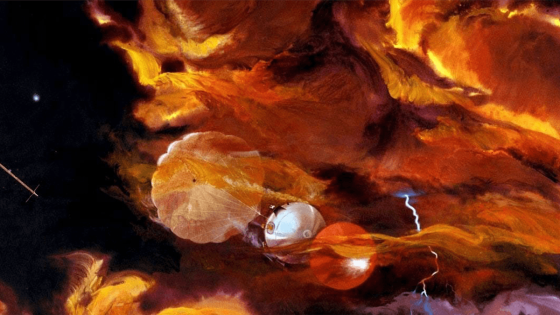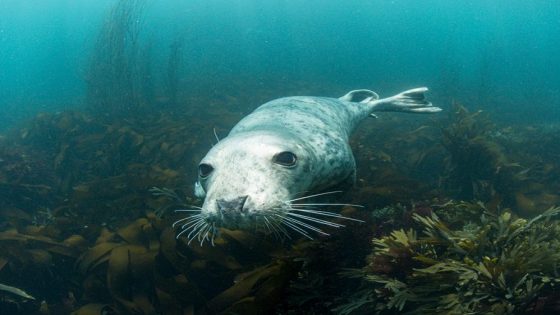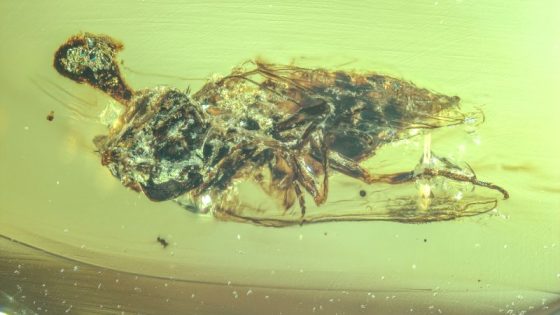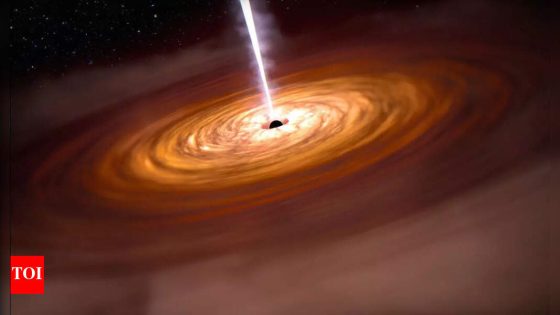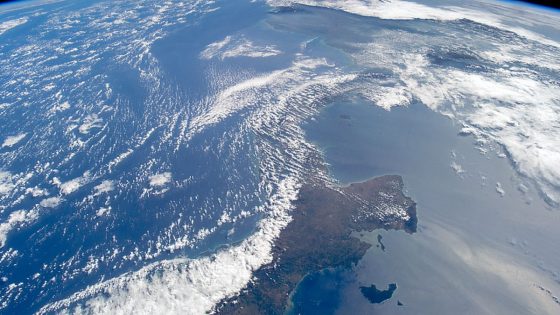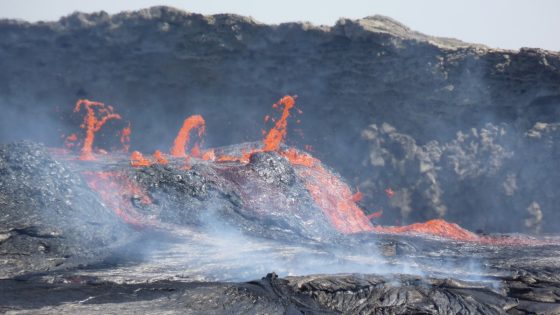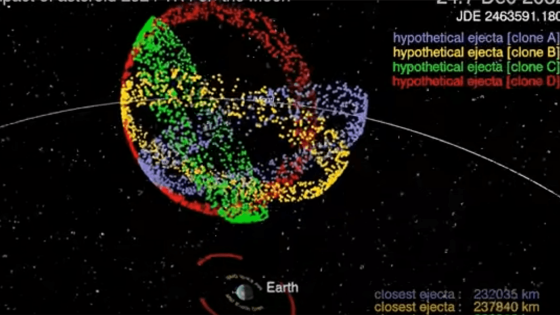NASA’s Galileo probe revolutionized our understanding of Jupiter, marking a significant milestone in planetary science. Launched in 1989, it provided unprecedented insights into the gas giant and its moons, including critical data on its atmosphere and magnetic field.
- First close-up views of Jupiter in 1979-1981
- Galileo probe launched in 1989 for Jupiter study
- Gravity assist from Venus provided stunning photos
- Discovered liquid ocean beneath Europa's surface
- First spacecraft to witness comet impact
- Deliberate plunge into Jupiter to protect Europa
By the time it reached Jupiter in 1995, Galileo had already captured stunning images of Venus. Its primary mission, which lasted until 1997, included 35 encounters with Jupiter’s major moons, revealing intense volcanic activity on Io and signs of a subsurface ocean on Europa. This groundbreaking mission laid the groundwork for future explorations, including the upcoming missions planned for 2025-07-08 18:08:00.
What makes Galileo’s findings so remarkable? The probe not only captured stunning images but also delivered critical atmospheric data. This information is crucial for understanding how Jupiter formed and evolved.
- Galileo was the first spacecraft to orbit an outer planet.
- It measured atmospheric elements, highlighting differences from solar compositions.
- The probe witnessed a comet impact, providing unique observational data.
As we look ahead, the insights gained from Galileo will guide future missions, enhancing our understanding of not just Jupiter, but the entire Solar System.



